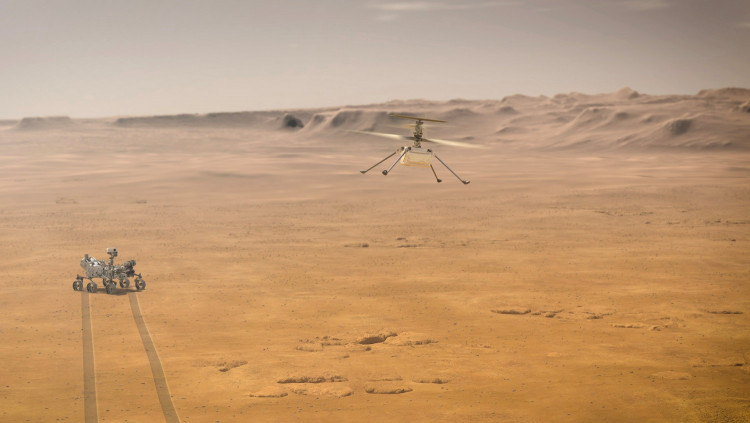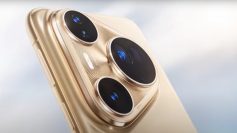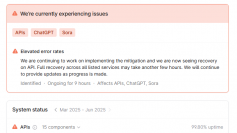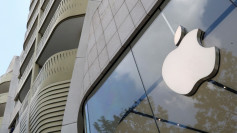Technological advancement has already begun to allow a crewed Mars mission to take place as early as the 2030s. Many of the technologies will be demonstrated at the Moon first, during the Artemis missions, while other technologies are better suited for deeper space. Here are the four developments that NASA is focusing on to make Mars space fiction a reality.
Martian house and lab on wheels
To minimize the number of objects required to land on the surface, NASA would merge the first Martian home and vehicle into a single rover with breathable air.
NASA also performed detailed rover experiments on Earth to educate the construction of a pressurized mobile home on the Moon. Artemis astronauts who live and work in the future pressurized Moon rover will be able to provide input to help improve the rover functionality for Mars astronauts. NASA's robotic rovers can also assist with the Martian architecture - from the right wheels for Mars to the way a bigger spacecraft navigates the rough terrain.
High-tech Martian spacesuits
Spacesuits are basically custom spacecraft for astronauts. NASA's new spacesuit is so high-tech that the modular architecture is intended to be built for use anywhere in space.
The first woman and the next man on the Moon will wear NASA's next-generation space suits dubbed the Extravehicular Mobility Exploration Unit or xEMU. These spacesuits provide crew safety while still allowing Artemis Generation moonwalkers to make more normal, earth-like motions and perform activities that were not feasible during the Apollo missions.
Uninterrupted electricity supply
As we use electricity to charge our Earth devices, astronauts will require a reliable power source to explore Mars. The machine would need to be lightweight and able to work regardless of its location or the atmosphere on the Red Planet.
Mars has a day and night cycle like Earth and periodic dust storms that can last for months, making nuclear fission power a more reliable option than solar power. NASA has already tested the technology on Earth and shown that it is effective, efficient, and plentiful enough to enable long-lasting surface missions. NASA plans to demonstrate and use the Moon fission power device first, then Mars.
Strong propulsion systems to get us to Mars (and home!) faster
Astronauts bound for Mars will fly nearly 140 million miles to deep space. Propulsion advances are the secret to reaching our destination as easily and safely as possible. It's too premature to predict the propulsion system will carry astronauts to Mars, but we know it needs to be nuclear-enabled to cut travel time.
Whatever method is chosen, the principles of nuclear propulsion would minimize crew time away from Earth. NASA and its collaborators are designing, evaluating, and maturing essential components of various propulsion technologies to minimize the risk of the first human expedition to Mars.






